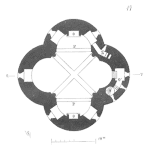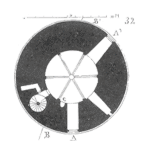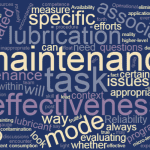
Second Session!!!
“The Perfect Reliability Program Plan”
We held the New England HALT Seminar this past week. It’s a little fun thing we like to put on every so often here in Boston. We do a few sessions where we talk about Reliability topics, we then play around with the HALT chambers and break a few things. It was great having sponsorship from Espec/Qualmark, and Air Liquide this year. In past years it has just been me doing a few 30 minute sessions (one man show). But this year we had four speakers and a diverse set of topics. Definitely our best one yet. This may grow to where we can’t do it at the lab any longer. Hopefully not, I don’t want to try and bring a HALT chamber to a conference center.













 Ask a question or send along a comment.
Please login to view and use the contact form.
Ask a question or send along a comment.
Please login to view and use the contact form.